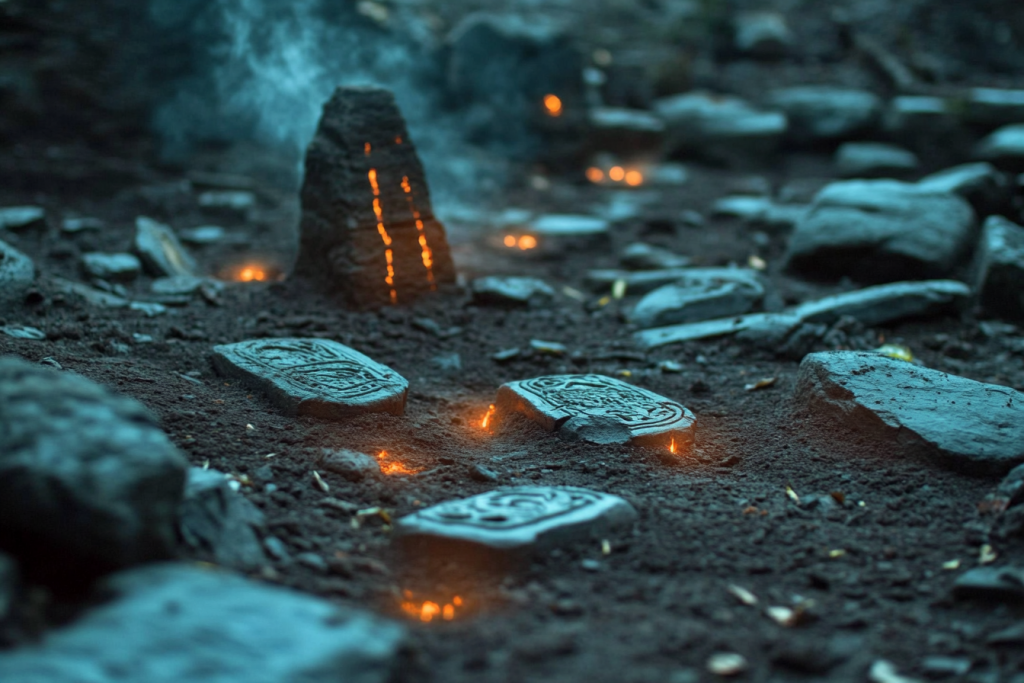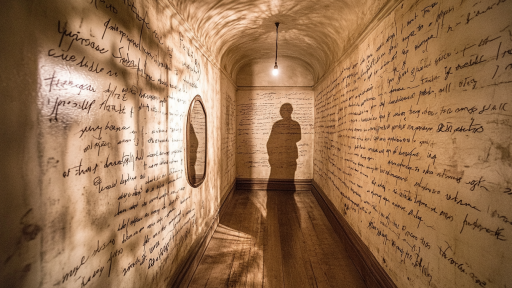
Sometimes the earth gives up secrets it was never meant to hold—objects that simply shouldn’t exist in the time periods where they were found. From advanced tools embedded in ancient rock to artifacts buried long before their supposed invention, these discoveries baffle scientists and ignite wild theories. Are these the result of lost civilizations, ancient time travelers, or just incredible coincidences? One thing is certain: the past is far stranger than we imagined.
The London Hammer

Discovered in Texas in the 1930s, the London Hammer was found encased in a rock formation allegedly over 100 million years old. This seemingly ordinary tool features iron craftsmanship far too advanced for the period it’s associated with. Critics argue the rock formed around the hammer more recently, but others believe it’s evidence of a forgotten chapter in human history. Its mere existence continues to spark heated debate.
The Antikythera Mechanism

Recovered from an ancient Greek shipwreck, the Antikythera Mechanism is a complex gear-driven device believed to be an ancient analog computer. Dating back over 2,000 years, its precision engineering and astronomical functions rival modern technology. Nothing else like it would appear in the archaeological record for another thousand years. It’s as if someone from the future dropped it into the past.
The Dorchester Pot

In 1851, an ornately designed metal vessel was reportedly blasted out of solid rock in Dorchester, Massachusetts. The rock was estimated to be over 500 million years old. The pot’s intricate floral patterns and metallurgy suggest advanced craftsmanship inconsistent with any known civilization from that era. Whether hoax or anomaly, it has never been adequately explained.
The Baghdad Battery

Found in Iraq and believed to date back over 2,000 years, the so-called Baghdad Battery is a clay jar with a copper cylinder and iron rod inside. Some researchers suggest it could have functioned as a primitive galvanic cell, possibly for electroplating. If true, this implies the ancient world may have known about electricity long before modern discovery. Its true purpose remains one of archaeology’s greatest mysteries.
The Wolfsegg Iron

Discovered in Austria in 1885, the Wolfsegg Iron is a metal cube with precise edges and grooves, found buried in coal dated to be around 60 million years old. Its machined appearance has led some to claim it’s an out-of-place artifact created by intelligent beings. Mainstream scholars dismiss it as a natural formation, but its origins are still hotly debated. Was it a tool, a relic, or something else entirely?
The Coso Artifact

In 1961, three rock hunters found what appeared to be a spark plug encased in a geode-like nodule in California. The surrounding material was believed to be over half a million years old. Skeptics argue the nodule formed around a modern spark plug over time, but the object’s location and depth raise unsettling questions. How did a modern component get sealed inside ancient rock?
The Nampa Figurine

A tiny human-like figure was unearthed during a well-drilling operation in Nampa, Idaho, from a depth associated with Pliocene-era deposits—over 2 million years old. The figurine shows detailed workmanship and appears to wear a form of clothing. Mainstream experts consider it impossible and suggest contamination, but no definitive explanation has been given. Its presence challenges everything we know about early human history in North America.
The Salzburg Cube

Sometimes confused with the Wolfsegg Iron, the Salzburg Cube also turned up in coal, in a location that should have made its existence impossible. This metallic object appears to have been shaped with purpose, featuring flattened edges and symmetrical sides. No natural explanation has been accepted, and its construction seems too advanced for any known ancient civilization. Could it be the relic of a forgotten industry?
The Aiud Wedge

Unearthed in Romania in 1974, the Aiud Wedge was found alongside mastodon bones and appeared to be made of an aluminum alloy. The problem? Aluminum was not refined until the 19th century. Some believe it was part of an aircraft or spacecraft, suggesting either misidentification or something more extraordinary. Its baffling context continues to fuel ancient astronaut theories.
The Map of the Creator

A massive slab discovered in Russia, this stone map appears to show topographic features and man-made structures—allegedly including irrigation systems—on a scale impossible for ancient knowledge. The rock itself dates back over 100 million years, but some believe the carvings are far more recent. Still, no one can explain the precision or the purpose of the map. Is it a relic of a civilization lost to time or something entirely different?
The Hidden Star Map Beneath the Temple

During renovations of an ancient temple in India, archaeologists uncovered a buried stone slab etched with what appears to be a detailed star chart—complete with constellations that align with the night sky as it appeared tens of thousands of years ago. The precision of the carvings and knowledge of astronomical patterns suggest a level of understanding far beyond what ancient cultures were believed to possess. Some theorists suggest it could be evidence of contact with an advanced lost civilization—or something even more enigmatic. Despite its mysterious origins, the star map remains largely unstudied, hidden beneath layers of legend and dust.
Buried Clarity: The Past’s Greatest Contradictions

As technology advances and our excavations go deeper, the past refuses to stay silent. These buried anomalies challenge the timeline of human development and raise the question: how much have we truly forgotten—or never known? Whether misinterpreted relics or evidence of something truly paradigm-shifting, they inspire us to look closer and dig deeper. The answers may lie just beneath our feet—or far beyond our current understanding.





